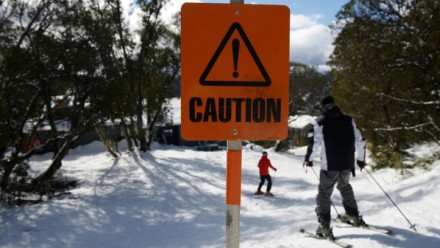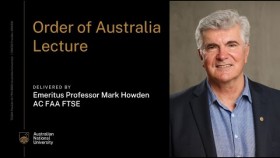Sure, winter felt chilly, but Australia is setting new heat records at 12 times the rate of cold ones
By Dr Sophie Lewis.
This article was originally published on The Conversation.
Spring feels like a welcome relief from an Australian winter that felt very cold and very long. Melbourne has just shivered through its coldest winter in 26 years and Canberra hibernated through more cold nights than any winter since 1997.
But while it felt cold, it turns out we’ve just become accustomed to unusually warm conditions. My new study online in Geophysical Research Letters (with my colleague Andrew King) shows that Australia has been losing out on cold temperature records over the past 55 years.
We investigated the frequency of new hot and cold temperature records for months, seasons and years, for each state and Australia as a whole, from 1910 to 2014. The results were straightforward. Record-breaking hot temperatures have outnumbered new cold records by a factor of 12 to 1 since the beginning of this century. The cause is also clear: global warming.
Yet people’s ability to recognise climate extremes is easily affected by our perceptions. Riding my bike around frosty Canberra this winter felt brutally and unusually cold. But in reality it was only a bit colder than recent “warm” winters.
Such misperceptions about climate extremes are common. During the record-breaking spring temperatures in Australia in 2013, Prime Minister Tony Abbott said:
…the thing is that at some point in the future, every record will be broken, but that doesn’t prove anything about climate change. It just proves that the longer the period of time, the more possibility of extreme events.
At first pass, this sounds like common sense. But statistically, it’s wrong. In an unchanging climate, new temperature records actually become less likely to occur with time, because each new record would be harder to beat in the absence of anything driving temperatures in a particular direction.
Consider the temperature observations used in our study, which go back to 1910 (when high-quality Australian data began). The second year, 1911, would have an equal probability of being warmer or cooler than 1910. Thus the probability is 50% that our second observation will be a new record high that beats the previous record. For the third year, 1912, the probability of a new heat record is 33%, and so on.
Also, in an unchanging climate, new hot and cold records should be broken with roughly equal frequency. But this is far from the case for recent Australian temperatures.
Warming up
We found that while the number of new cold records decreased over the period 1910-2014, the number of new hot records rose dramatically, particularly over the past 15 years.
The reason is that our climate is not stationary. There is a significant warming trend, which is at least partly the result of human greenhouse gas emissions. Since high-quality observations began in 1910, average Australian temperatures have warmed by 0.9C.
We also investigated this warming trend using ten of the latest generation of global climate models. These models were all included in an international project that provides a standard set of experiments for researchers to use.
Using these models, we compared the frequency of new hot and cold records in a range of computer climate simulations, including ones featuring only natural climate influences (such as volcanoes and solar radiation changes), and others that included both natural and human climate influences, such as greenhouse gases.
These experiments showed that the increased rate of new hot temperature records can only be recreated in simulations that feature human-generated greenhouse gases, and not in simulations featuring natural forces only.
Put simply, this means that Australia’s dramatic increase in hot records, and simultaneous loss of cold records, is linked to human-induced climate change.
Without global warming, we would expect new records to be set less often nowadays, not more often. But instead, new hot records have become a much more frequent occurrence, while our cold records have mostly gone missing.
On the record
This explains why Abbott’s perceptions of extreme events don’t bear statistical scrutiny, and similarly, why my persistent complaints about Canberra’s cold winter don’t stand up to a scientific analysis of the climate system. While it feels cold, the reality is that our recent cold records have gone missing and we’ve simply become habituated to it.
The dramatic increase in hot records in Australia over the past 15 years does not in itself provide absolute proof of climate change. But it does indicate something important about the state of the climate system and the human influences on it.
Extreme temperatures are a sensitive indicator of climate change. They are the canary in the coalmine. The dramatic accumulation of new hot records, and our growing list of missing cold records, are telling us the same story – global warming is here and it is already having an impact on our lives.











